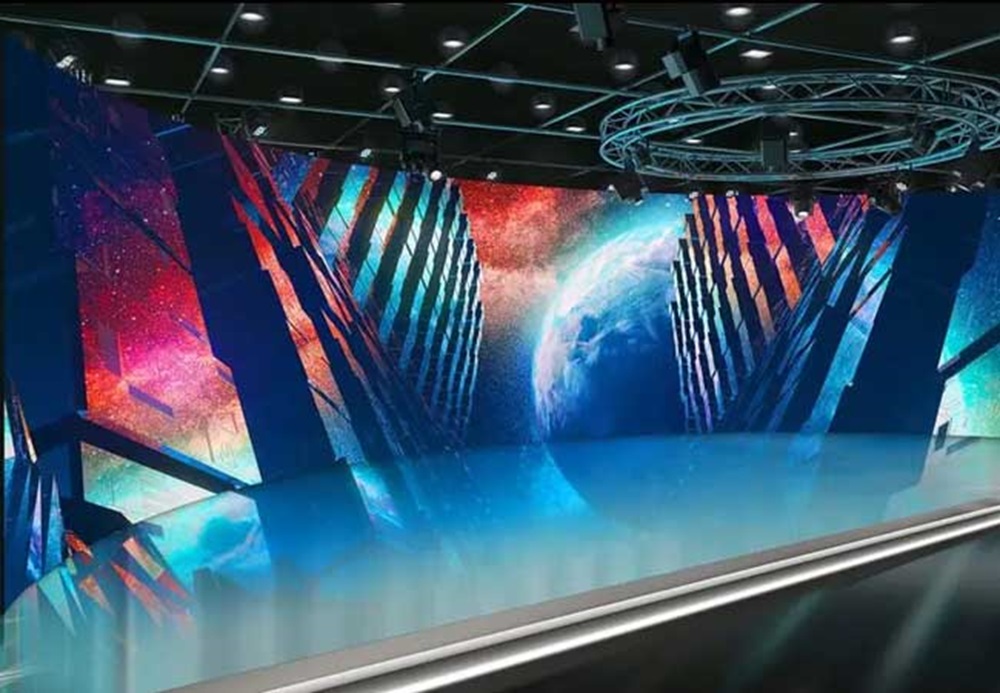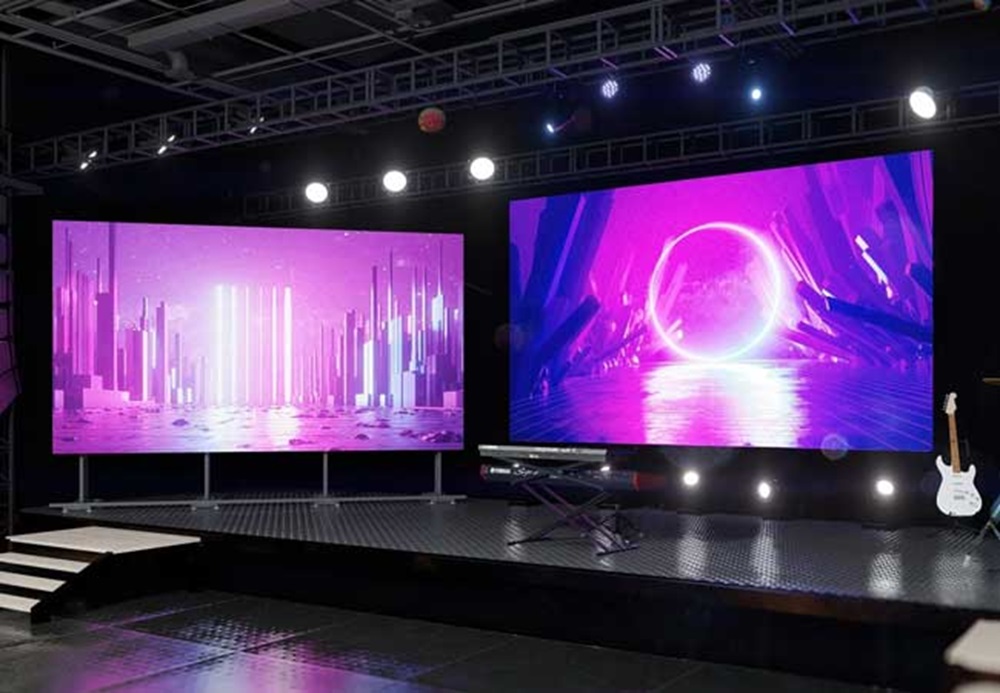Today, LEDs are widely used, but the very first light-emitting diode was invented over 50 years ago by an employee of General Electric. The potential of LEDs quickly became apparent due to their compact size, durability, and high brightness. In addition, LEDs consume less power than incandescent bulbs. Over the years, LED technology has made remarkable progress. In the past decade, large, high-resolution LED displays have been widely applied in stadiums, television broadcasting, and public spaces, and have become iconic lighting features in places like Las Vegas and Times Square.
Modern LED displays have undergone three major transformations: higher resolution, increased brightness, and enhanced versatility of applications. Let’s take a closer look.
Enhanced Resolution
In the LED display industry, pixel pitch is used as the standard for measuring digital display resolution. Pixel pitch refers to the distance between one pixel (LED cluster) and its neighboring pixels above, below, and to the sides. A smaller pixel pitch reduces the spacing, resulting in higher resolution. The earliest LED displays used low-resolution bulbs that could only project text. However, with the emergence of new surface-mount LED technology, displays can now project not only text but also images, animations, video clips, and other information. Today, 4K displays with a horizontal pixel count of 4,096 are rapidly becoming standard. Resolutions of 8K and beyond are also possible, though not yet common.
Increased Brightness
The LED modules that make up today’s displays have undergone extensive development. Modern LEDs can emit bright, crisp light in millions of colors. These pixels or diodes combine to create eye-catching displays with wide viewing angles. Currently, LEDs offer the highest brightness of any display technology. This brighter output allows screens to compete with direct sunlight, which is a significant advantage for outdoor and storefront displays.
Wide Range of Applications
For years, engineers have worked to perfect the installation capabilities of outdoor electronic equipment. With varying climate conditions, fluctuating humidity, and high salt content in coastal air, LED displays must be built to withstand nature’s challenges. Today’s LED displays perform reliably in both indoor and outdoor environments, offering vast opportunities for advertising and information sharing.
The glare-free properties of LED screens make them a preferred choice for broadcasting, retail, sports events, and many other settings.
The Future
Over the years, digital LED displays have undergone revolutionary changes. Screens have become larger, thinner, and available in a wide variety of shapes and sizes. In the future, LED displays will incorporate artificial intelligence to enhance interactivity and even support self-service applications. Furthermore, pixel pitch will continue to decrease, enabling the creation of massive screens that can be viewed up close without sacrificing resolution.
About Hot Electronics Co., Ltd.
Founded in 2003 and headquartered in Shenzhen, China, with a branch office in Wuhan and two workshops in Hubei and Anhui, Hot Electronics Co., Ltd. has been committed to high-quality LED display design, manufacturing, R&D, solution provision, and sales for over 20 years.
Equipped with a professional team and modern production facilities, Hot Electronics produces premium LED display products widely used in airports, stations, ports, stadiums, banks, schools, churches, and more.
Post time: Aug-12-2025


